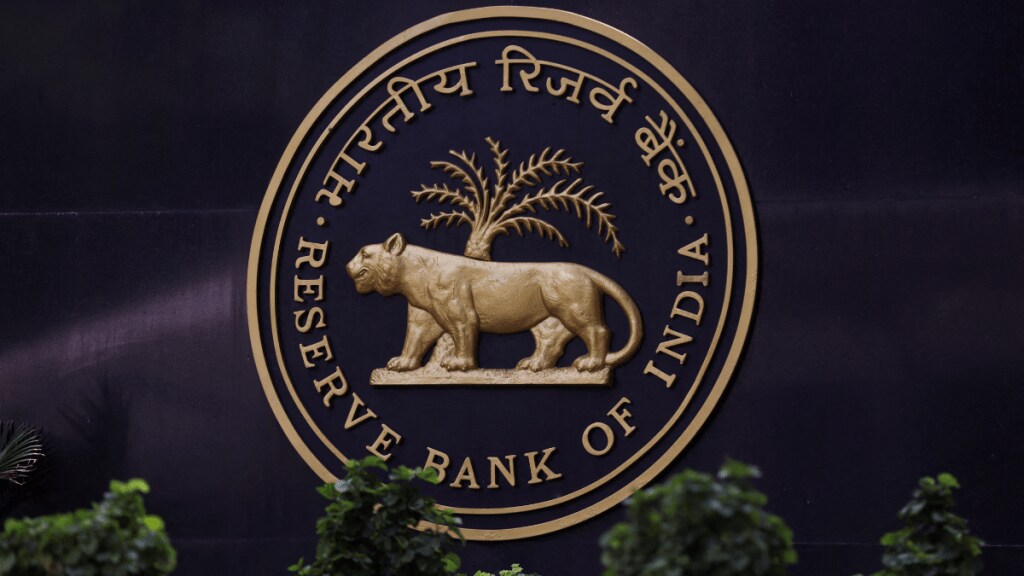The Reserve Bank of India (RBI) has announced a surplus transfer of Rs 2,10,874 crore to the Union Government for the FY2023-24. This is the highest surplus ever that was transferred by the Central Bank to the government. This is approximately double of what the government has expected in the interim budget 2024 and more than double of surplus amount transferred in FY2022-23. However, this massive infusion of RBI surplus to the government account was not always this smooth.
It was the year 2018, Urjit Patel was then the Governor of RBI and Viral Acharya was the Deputy Governor when a rift between the Union Government and RBI surfaced. One of the prime issues of contention was the amount of surplus transfer.
There is no free lunch
It started back in 2016 when, Raghuram Rajan (Governor of RBI prior to Urjit Patel) cautioned against the use of RBI surplus for the recapitalization of public sector lenders. He commented, “A fundamental lesson in economics is there is no free lunch. This can be seen in the matter of the RBI dividend”. In FY 2016-17, RBI paid an Rs 30,659 crore dividend to the government which is less than half of the FY 2015-16 dividend of Rs 65,876 crore. This decrease in surplus amount transfer provided ample ground for the debate that if RBI has sufficient reserve coffer, then should it be transferred to the government for bridging the fiscal deficit or it is the complete jurisdiction of the central bank to decide how much surplus they are willing to transfer after considering financial stability risks as well as operational and credit risks.
Discontent, deadlock, and a hattrick of premature exits
When Raghuram Rajan announced that after the expiry of his three-year tenure, he would not go for a second term post-September 2017. This signaled that all is not good between RBI and the government. After Rajan when Urjit Patel took charge, it has been speculated that now the dust has been settled. Urjit Patel’s pro-demonetisation stance in favour of the government assures that post-Rajan’s era, there will be mutual cooperation between two vital wings of economic policymaking.
But all speculation went in vain, soon in 2018 the surplus transfer issue resurfaced, and along with other issues like NBFCs, interest rates, and NPA classification, an intensified clash came into the picture between the Union Government and RBI governor Urjit Patel and Deputy Governor Viral Acharya.
In his book ‘Quest for Restoring Financial Stability’ published in 2020, Viral Acharya writes that the government demanded Rs 2-3 lakh crore in the year 2018 from RBI surplus to finance development projects prior to the elections which RBI refused. RBI made a dividend transfer of Rs 50,000 crore in FY 2017-18 which is less than what the government aspires to as they didn’t want to cut the cost of development projects in pre-election years. On the other hand post-demonetisation, RBI expenditure increased in printing money and it also wanted to maintain a buffer for any foreign exchange risks.
According to Acharya, this infuriated the government and it went on to the length of possibilty of invoking Section 7 of the RBI Act, which gives the authority to the government to issue directions to RBI if deemed fitted in public interest.
The rift between RBI’s top official duo and the government was a topic widely discussed in 2018. Former Finance Secretary Subhash Chandra Garg mentioned in his book ‘We Also Make Policy’ about an economic policy meeting held in 2018, in which PM Narendra Modi and Urjit Patel were both present, and the PM referred to Urjit Patel as a “snake who sits over a hoard of money”
Soon after, in December 2018 Urjit Patel resigned from the post of Governor much before his term ended, and further in 2019, Viral Acharya resigned as well six months prior to his official term expiry.
From stalemate to solution
When the Government and RBI arrived at an impediment on the surplus transfer issue then to resolve this issue the government formed a six-member committee in 26th December 2018 headed by former RBI governor Bimal Jalan. The committee is formed with a mandate to review the Economic Capital Framework (ECF) in accordance with global practices. As Ministry of Finance wanted RBI to follow the global practices of other nations’ central banks and transfer more surplus amounts to the government.
The government wishes for a certain policy framework that will guarantee that RBI has to transfer a certain percentage of its profit as dividends to the government.
The Jalan committee recommended a surplus-sharing policy that is based on the realised equity that RBI maintains. It also suggested RBI maintain a Contingent Risk Buffer (CBR) in the range of 5.5% to 6.5% of their profit gains to cover all credit, operational, and foreign exchange risks, and the rest surplus it has to transfer to the central government to reduce fiscal deficit burden. Further, it advised that RBI’s ECF should be reviewed once every five years. The Bimal Jalan committee recommendation clears the roadblock for the government to gain access to the RBI’s profits. In FY 2018-19, RBI transferred Rs 1,76,251 crores to the Union Government which is a record surplus amount.
However, when the COVID pandemic erupted it also affected RBI’s profits, and as a result for the next three financial years, RBI’s dividend to the government was also significantly reduced. For FY 2021-22 it is Rs 30,307 crores only but it peaked again in FY 2022-23 at Rs 87,416 crores and for FY 2023-24 it created an all-time high record of Rs 2,10,874 crore.


